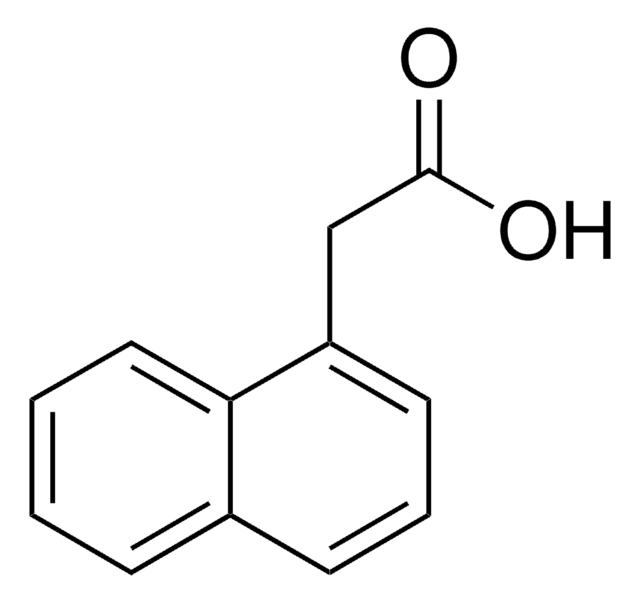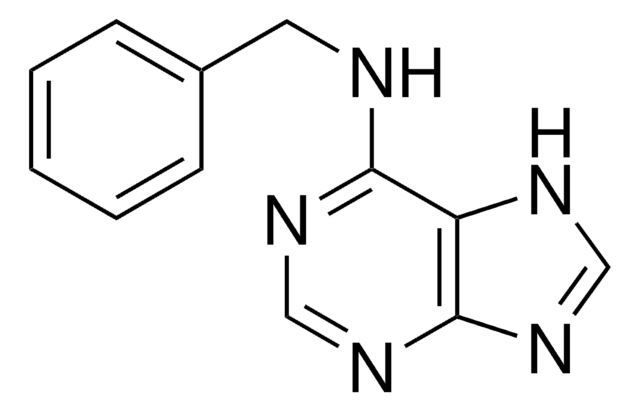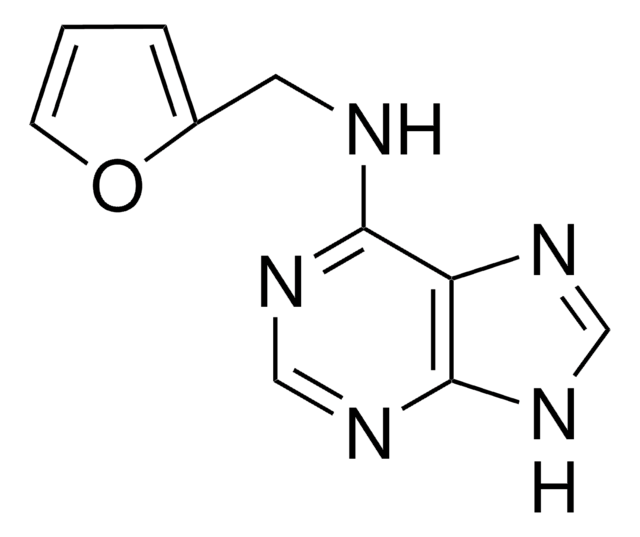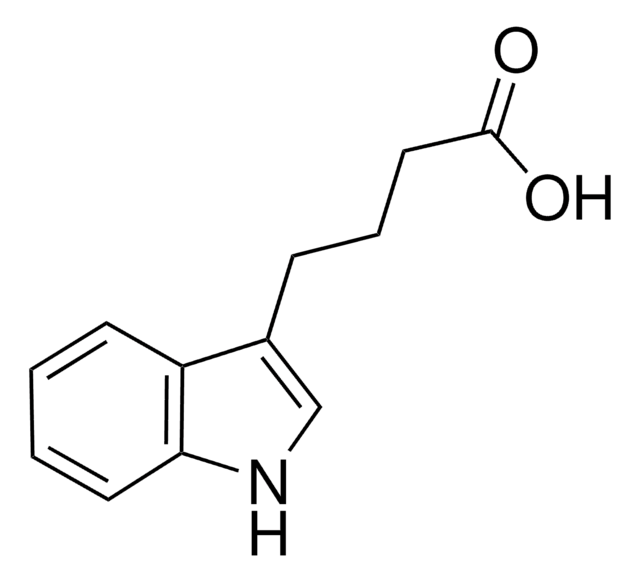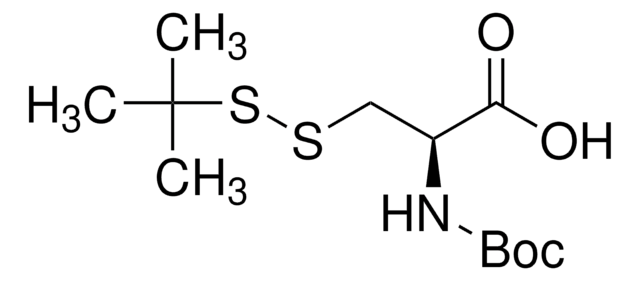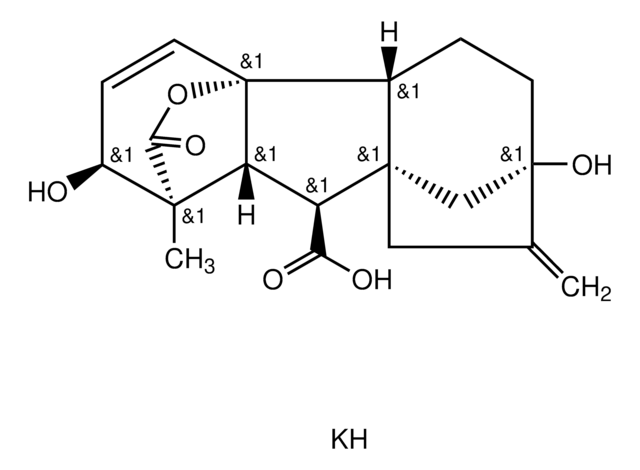D6679
(2,4-Dichlorophenoxy)acetic acid sodium salt monohydrate
suitable for plant cell culture, BioReagent
Synonym(s):
Sodium 2,4-dichlorophenoxyacetate monohydrate
About This Item
Recommended Products
product line
BioReagent
Quality Level
form
powder
technique(s)
cell culture | plant: suitable
solubility
H2O: soluble
application(s)
agriculture
SMILES string
O.[Na+].[O-]C(=O)COc1ccc(Cl)cc1Cl
InChI
1S/C8H6Cl2O3.Na.H2O/c9-5-1-2-7(6(10)3-5)13-4-8(11)12;;/h1-3H,4H2,(H,11,12);;1H2/q;+1;/p-1
InChI key
LNSAEWXPCBLGDX-UHFFFAOYSA-M
Looking for similar products? Visit Product Comparison Guide
Application
Preparation Note
Signal Word
Danger
Hazard Statements
Precautionary Statements
Hazard Classifications
Acute Tox. 4 Oral - Aquatic Chronic 2 - Eye Dam. 1 - Skin Sens. 1A - STOT SE 3
Target Organs
Respiratory system
Storage Class Code
11 - Combustible Solids
WGK
WGK 3
Flash Point(F)
Not applicable
Flash Point(C)
Not applicable
Personal Protective Equipment
Choose from one of the most recent versions:
Already Own This Product?
Find documentation for the products that you have recently purchased in the Document Library.
Customers Also Viewed
Our team of scientists has experience in all areas of research including Life Science, Material Science, Chemical Synthesis, Chromatography, Analytical and many others.
Contact Technical Service
